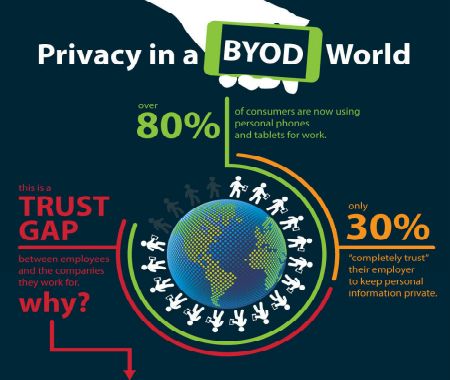When you think about communicating with others what probably comes to mind first is communicating through saying words. Yet there is a lot more to communication than that. After all, even the same words said in different ways or with a different tone can provide a different message. Non verbal communication covers a range of different clues to what people are saying that tell you what they are thinking without them even using words. These include facial expressions, the tone and pitch of the voice, gestures displayed through body language and the physical distance between the communicators.
Non-verbal messages allow us to be able to provide extra information about what is being communicated. For example saying no and shaking your head at the same time adds extra emphasis to this particular communication. Or saying “Fine!” and having an angry facial expression suggests that there is nothing fine about it. These cues cannot always be easy to see, making communication more complex between us. Even posture or how we use personal space can pass a message to someone else.
According to Jeanne Segal, Melinda Smith, Greg Boose and Jaelline Jaffe (2015) besides reinforcing or repeating a message or contradicting it, non verbal communication can play other roles, such as substituting what is being said by using facial expressions or body language. Complementing verbal communication can also occur in this way, such as when a person pats another on the back to say “Good job!” Yet another role is accenting. The example provided here is when a person pounds a table to show that they are serious or angry about something.
Body Language
Looking at some of the ways of non verbal communication in greater depth, body language gives you the opportunity to understand how others are really thinking and their emotional state. As mentioned, body language can sometimes conflict with the actual words. Posture can also be extremely helpful in understanding the communication of others. For example, a person who has their arms folded is defensive. Where they are open that person is more open to what you are saying.
Meanwhile a person who is leaning forward is more interested than a person who is slumped back in their seat. People also mirror one another when they are trying to show interest and reassure one another. Eye contact can help to offer feedback, to help make clear to someone when it is their turn to speak, and to display information about relationships. For example, positive eye contact shows interest in another person. We already referred to tone, and this is one part of what is known as “para language”. Para language includes tone, pitch, speed and volume of the message, as well as the pauses and hesitations that are included. All of this provides extra information about what is being said.
Decoding Body Language. Image source: Life HackerPersonal Space
Personal space is an important method of non verbal communication that you may not have considered as such in the past. This is known as “proxemics” and each culture has its own level of what they think is appropriate in this regard. There are four main distances in Western culture. These are intimate distance, personal distance, social distance and public distance. Intimate distance is when someone is touching or up to as far away as 45 centimetres. It is troubling to others if you enter this intimate space and you are not in a relationship with them. Personal distance is from 44 centimetres to 1.2 metres. At 1.2 metres this is deemed acceptable for a conversation. Social distance is 1.2 metres to 3.6 metres and this level of space is often used socially or when working in the same room together. From these distances people have to speak louder and eye contact is more necessary. Public distance is the distance used to address groups from. More pronounced body movements are needed to get a message across at this distance. Understanding all of this can help you to maintain an appropriate distance to others in different situations.
Looking for inconsistencies
To get better at non verbal communication there are some steps that you can take. One is looking out for inconsistencies. If a person is saying one thing but doing something else this is a sign that the communication is off. You can also look for communication between different members of a group – they may make eye contact with one another and roll their eyes, which might indicate that while they are agreeing there is dissent in the group. At the end of the day trusting your instincts is usually a good approach.

Paula Newton is a business writer, editor and management consultant with extensive experience writing and consulting for both start-ups and long established companies. She has ten years management and leadership experience gained at BSkyB in London and Viva Travel Guides in Quito, Ecuador, giving her a depth of insight into innovation in international business. With an MBA from the University of Hull and many years of experience running her own business consultancy, Paula’s background allows her to connect with a diverse range of clients, including cutting edge technology and web-based start-ups but also multinationals in need of assistance. Paula has played a defining role in shaping organizational strategy for a wide range of different organizations, including for-profit, NGOs and charities. Paula has also served on the Board of Directors for the South American Explorers Club in Quito, Ecuador.



























